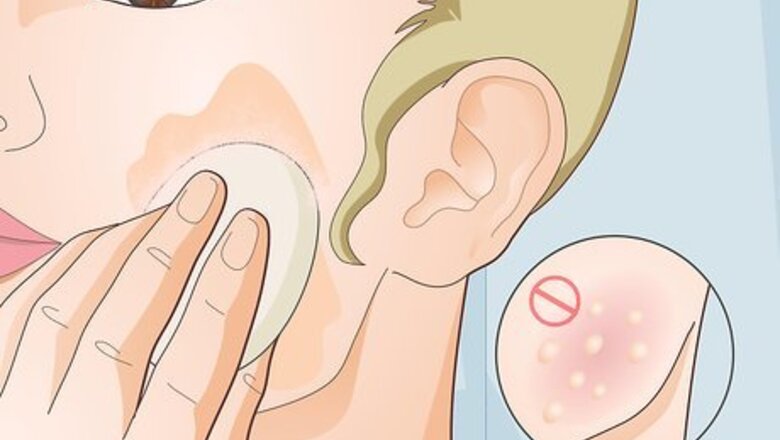
views
X
Expert Source
Mohiba Tareen, MDFAAD Board Certified Dermatologist
Expert Interview
Hiding Redness with Makeup
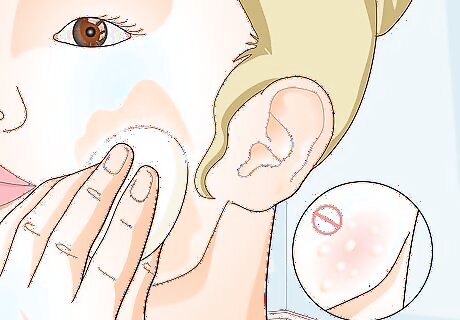
Use makeup on skin that isn’t broken or blistered. Covering up a severe sunburn with makeup isn’t healthy or recommended. Doing so can be painful and cause additional problems, like an infection. If your skin is blistered or broken, leave it uncovered and touch it as little as possible while it heals.
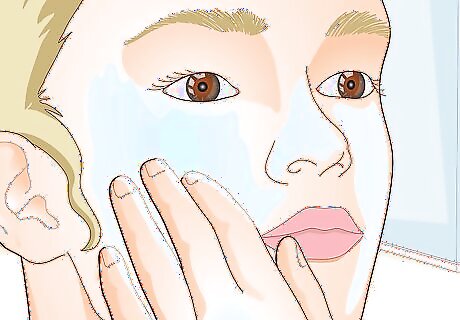
Smooth moisturizer that contains aloe or soy all over your face. Gently splash your face with cool water to clean and soothe the skin. Pat your face with a soft towel but don't completely dry the skin. Then, apply a generous amount of moisturizer all over your face and give it a few minutes to soak in. You'll reap more benefits if you apply moisturizer to damp skin. Avoid petroleum and oil-based moisturizers. These can trap heat close to your skin and make your sunburn worse. Use a moisturizer with SPF 30 during the day to prevent additional skin damage.
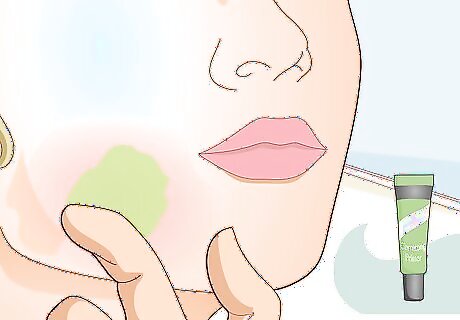
Apply a green color-correcting primer to your face to neutralize redness. Gently smooth a sheer, green-tinted primer all over your face with your fingertips to even out your skin tone and conceal redness. Primer also gives your makeup something to stick to and helps it last longer.Tip: Select lightweight and gentle makeup formulas to prevent additional skin irritation. Avoid products with fragrance, alcohol, dyes, oil, and parabens.
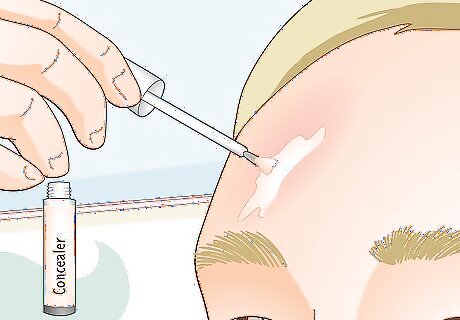
Cover problem areas with oil-free concealer, if needed. If the green primer doesn't neutralize all of the redness, gently dab a thin layer of oil-free concealer over those areas only. Tap the makeup gently into your skin with a clean fingertip. Use a concealer that's 1 shade lighter than your skin tone. Go with an oil-free concealer, since oily products can trap heat against your skin and worsen redness.
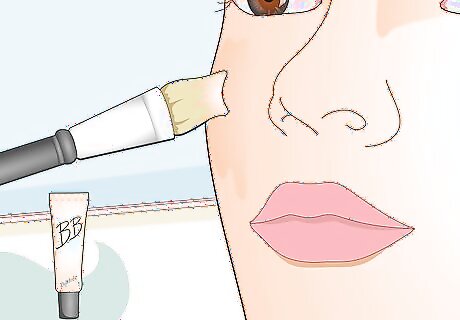
Apply oil-free foundation or BB cream with a foundation brush. Use a liquid foundation or BB cream that matches your normal skin tone. Pick up a small amount with a foundation brush and tap the foundation all over your face. Blend out the makeup with the brush, starting in the center of your face and working your way out toward the hairline. Look for an oil-free and fragrance-free foundation to prevent additional irritation. Avoid applying heavy foundation to sunburned skin. Stick with a lightweight formula. BB and CC creams are great options. Use a foundation with yellow undertones to conceal any remaining redness.
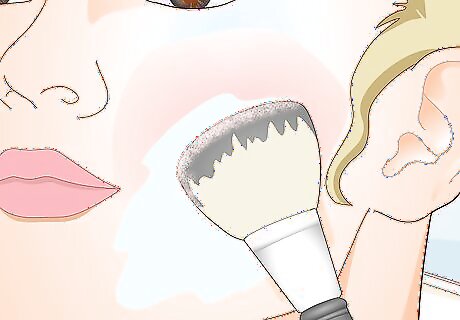
Use a clean, fluffy brush to apply tinted mineral powder, if desired. Tinted powder is simply powder that is flesh-colored rather than translucent. Swirl a large, fluffy makeup brush, like a kabuki brush, into loose or pressed powder. If your face is oily or shiny, gently dust the powder all over your face. Otherwise, focus your application only on the reddest areas. Mineral powders are the best options for red, sensitive skin. A yellow-toned powder can help to cover up any redness that's still peeking through.Tip: You can use these makeup tricks on other small areas of your body, like your shoulders or the tops of your feet. Avoid putting makeup on large areas of your body, like your back or legs.
Covering a Sunburn with Clothing and Accessories

Wear a long-sleeved shirt to cover a sunburned back and shoulders. Natural fabrics, like cotton, are breathable and lightweight, so they won’t trap heat against your burned skin. A long-sleeved cotton top will keep your arms, back, and shoulders covered and protected. Avoid tight fabrics like Spandex, which can trap heat close to your skin and put too much pressure on the burns. Wear light-colored fabrics and avoid dark colors that attract heat. Look for sun protective fabrics that protect your skin from UV rays for additional protection outdoors. Sun-protective clothes will have a special label, so look for that when you’re shopping.

Protect your face and neck from the sun with a wide-brimmed hat. Sunburned skin is extremely sensitive to sunlight. If you plan to go outdoors with a sunburn, slather on sunscreen and wear a wide-brimmed hat to protect sensitive areas like the face, neck, ears, and scalp.
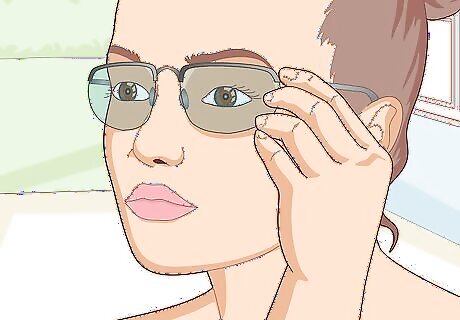
Cover the area around your eyes with UV protective sunglasses. Large sunglasses with UV protection can protect the sensitive skin around your eye area and help to disguise a sunburn on your face. Check the lenses for a special label that says the sunglasses protect against UV rays before buying a new pair of sunglasses.
Caring for a Sunburn
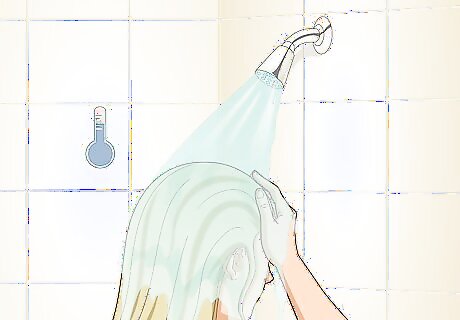
Take frequent cool baths or showers for pain relief. Fill a bathtub with cool water or hop into a cool shower to clean and soothe sunburned skin. If you need to remove makeup or dirt, lather up with a dime-sized amount of gentle cleanser. Use a light touch to avoid irritating your skin even more. Then, pat your skin dry with a soft, clean towel until it's damp but not completely dry. Use alcohol- and fragrance-free cleansers. Avoid acne cleansers with harsh ingredients like salicylic acid and benzoyl peroxide. Never use exfoliating products on a sunburn. Let it peel naturally.
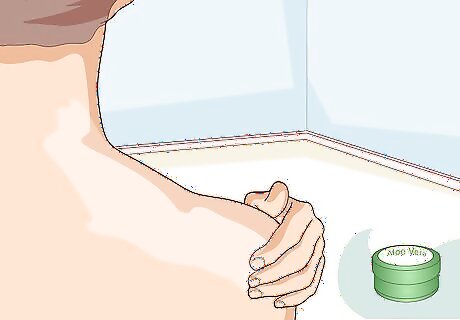
Keep the skin moist with a soy- or aloe-based lotion. Apply moisturizer to damp, clean skin at least once per day to sooth and hydrate your sunburn. You can also apply a topical cortisone cream directly to the affected area for pain relief. However, avoid creams that contain benzocaine or lidocaine.
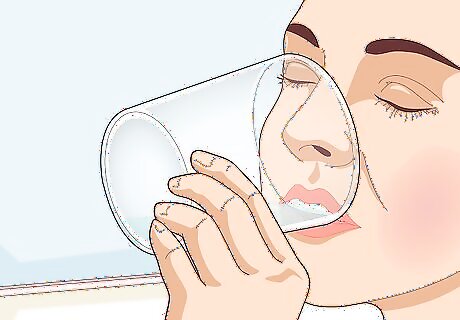
Drink plenty of water to rehydrate your skin and minimize peeling. Peeling is usually inevitable for sunburns, but you can delay the onset and minimize the severity of peeling by keeping yourself as hydrated as possible! Hydration can also ease the pain of a sunburn by keeping the skin supple.
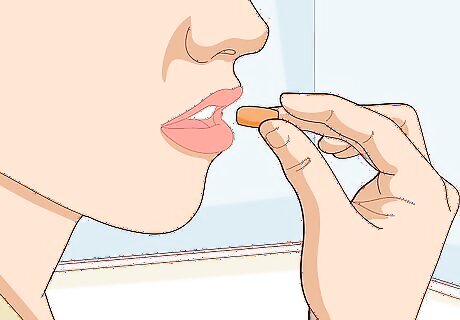
Take an over-the-counter pain reliever to lessen the swelling. NSAIDs like ibuprofen and naproxen can help address redness and swelling. If you plan to cover your sunburn with makeup or clothing, take a pain reliever first to soothe the tenderness.















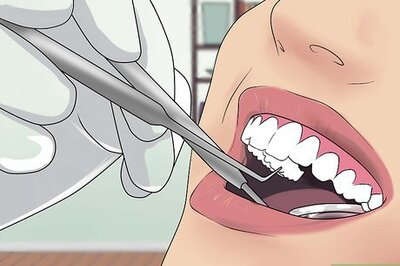




Comments
0 comment